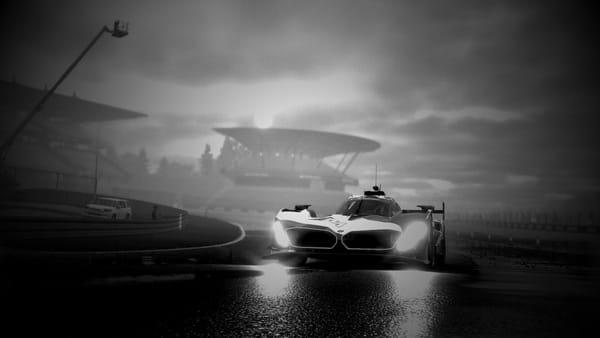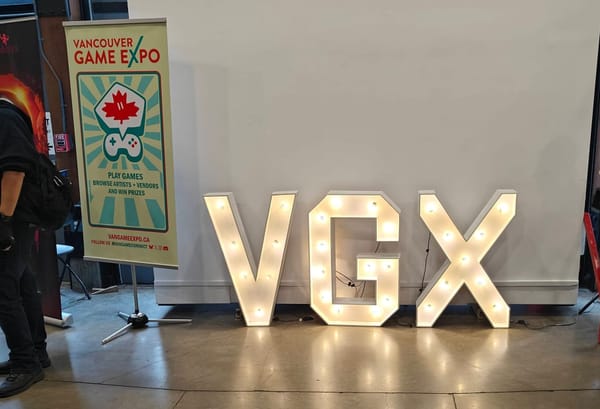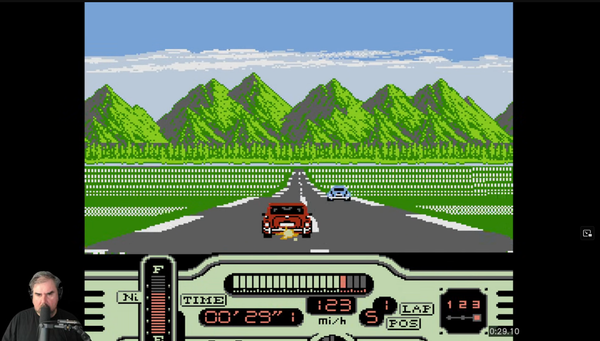Memoirs of a EA Sports WRC League
I needed to give myself a second opinion on this game, one that looked a bit deeper at a game that while ticked a lot of the boxes of what a licensed WRC should be, left too much to the imagination to be called anything other than a ok video game.
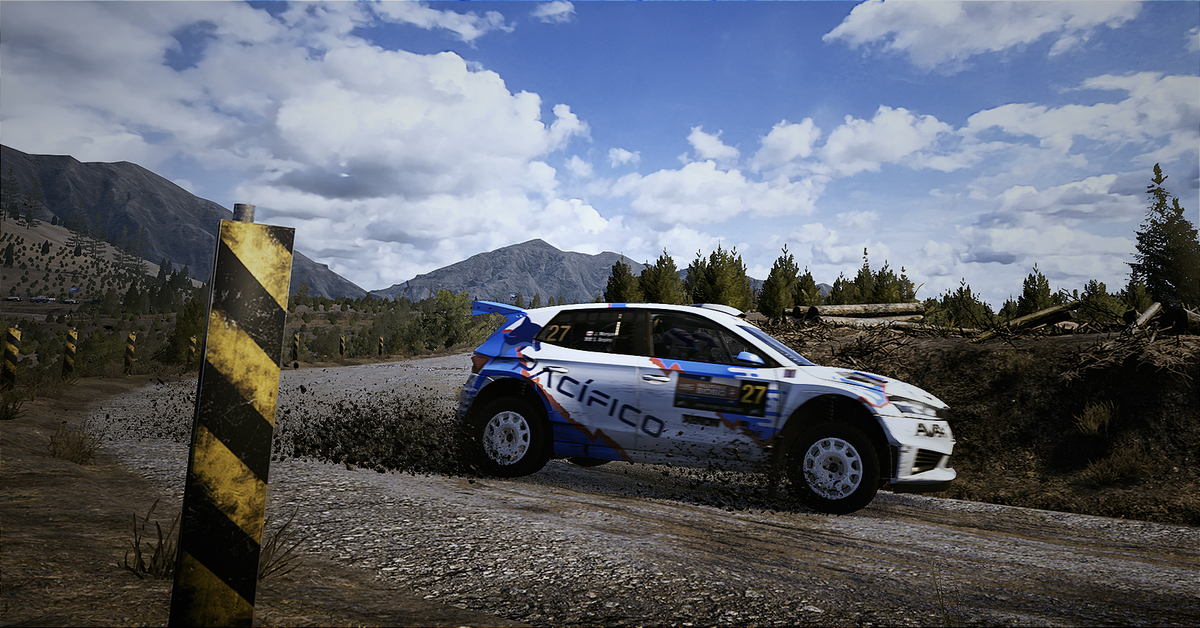
One of the primary activities that took up the bulk of my game time through the Spring was my participation in a league in EA Sports WRC. After the announcement that Electronic Arts was reorganizing the operations of Codemasters' main studio and halting all present and future developments that were happening on any DIRT or GRID titles, it just felt right for the organizer to fire up another season of rallies with some strong interest showing from their Discord group for it.
This was the most time I had ever put into EA Sports WRC by a long shot, with a new rally and about 100km worth of stages happening every week over the span of two months. Before this, I only ever really did some private lobby stages with some buddies who wanted something to do in the down time after their obligations to the eNASCAR Coca-Cola iRacing Series had concluded for 2023. This run would only last for a month when the game was new and afterward I, nor the rest of the group I played with, didn't touch the game at all.
Upon realizing it was a more direct follow-up to DiRT Rally 2.0 but with the addition of the World Rally Championship license, my motivation to play the game dropped to zero. The actual unique stage kilometers in each location were again masked by cutting the one or two larger stages into shorter portions to give the impression of more stages. The amount of times I'd recognize an area I was driving through and had partially memorized the layout was too much for me to have fun with. The games still couldn't adequately replicate days and stage loops like an actual rally, and instead continued that focus on singular stages and that fetishization of chasing world records that don't mean anything coming at the expense of the rallying experience itself. That raw, visceral journey of driving through the most dangerous conditions "fully in three dimensions" as described by Richard Hammond doesn't mean shit in either DiRT Rally 2.0 or EA Sports WRC. Instead, the act of rallying had been aligned to the rest of the modern PC realistic racing space: it just felt like I was playing another soulless game where the combo de jure was GT3 at Spa-Francorchamps.
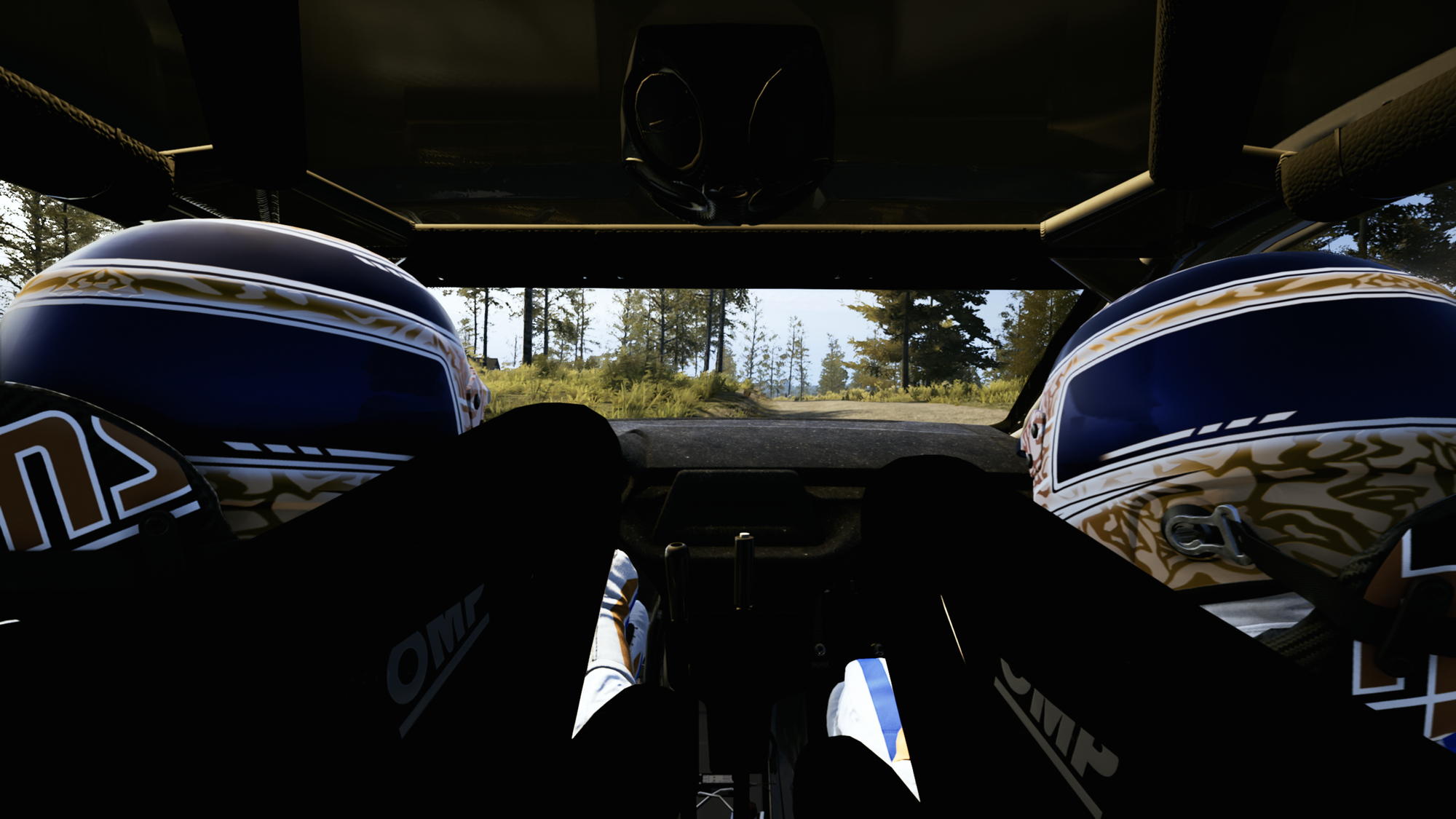
At the same time, that does replicate the current nature of rallying at it's highest level. That music between the notes of how one tackles a rally where there is that The Tortoise and the Hare dynamic has long gone away, more becoming about a constant, maximum attack in the hope that something doesn't go wrong and that you were the fastest. That is how rallying is now within the WRC and European Rally Championships, so naturally it would be the same in their licensed video game much to my disappointment. But, this did not stop me from taking another crack at EA Sports WRC with the arrival of this league starting up at the same time as the suspension of future growth and development to the game. I needed to give myself a second opinion on this game, one that looked a bit deeper at a game that while ticked a lot of the boxes of what a licensed WRC game should be, left too much to the imagination to be called anything other than a ok video game.
These are some of my lasting impressions of EA Sports WRC from racing in that league.
The Magic of The Monte.
Unless the league you're running in has a specific location theme where this isn't applicable, running a round at the Monte Carlo Rally in the Winter is a must. Even as the rallying itself in EA Sports WRC is a largely static experience, the built-in changing road conditions depending on the relative altitude and location in the mountains above the principality will always be the definitive rallying experience. It's shows off the biggest, and most necessary, change that was made from DiRT Rally 2.0 to EA Sports WRC in the change of graphics engine from Codemasters's proprietary EGO Engine to Unreal Engine 4. The biggest change from a gameplay perspective this provided was increasing the maximum length that a stage could be. With the EGO Engine, the maximum length of a stage could only be about 12 kilometers. In that move to Unreal, the maximum stage length approximately tripled with The Monte being the best place to demonstrate that.
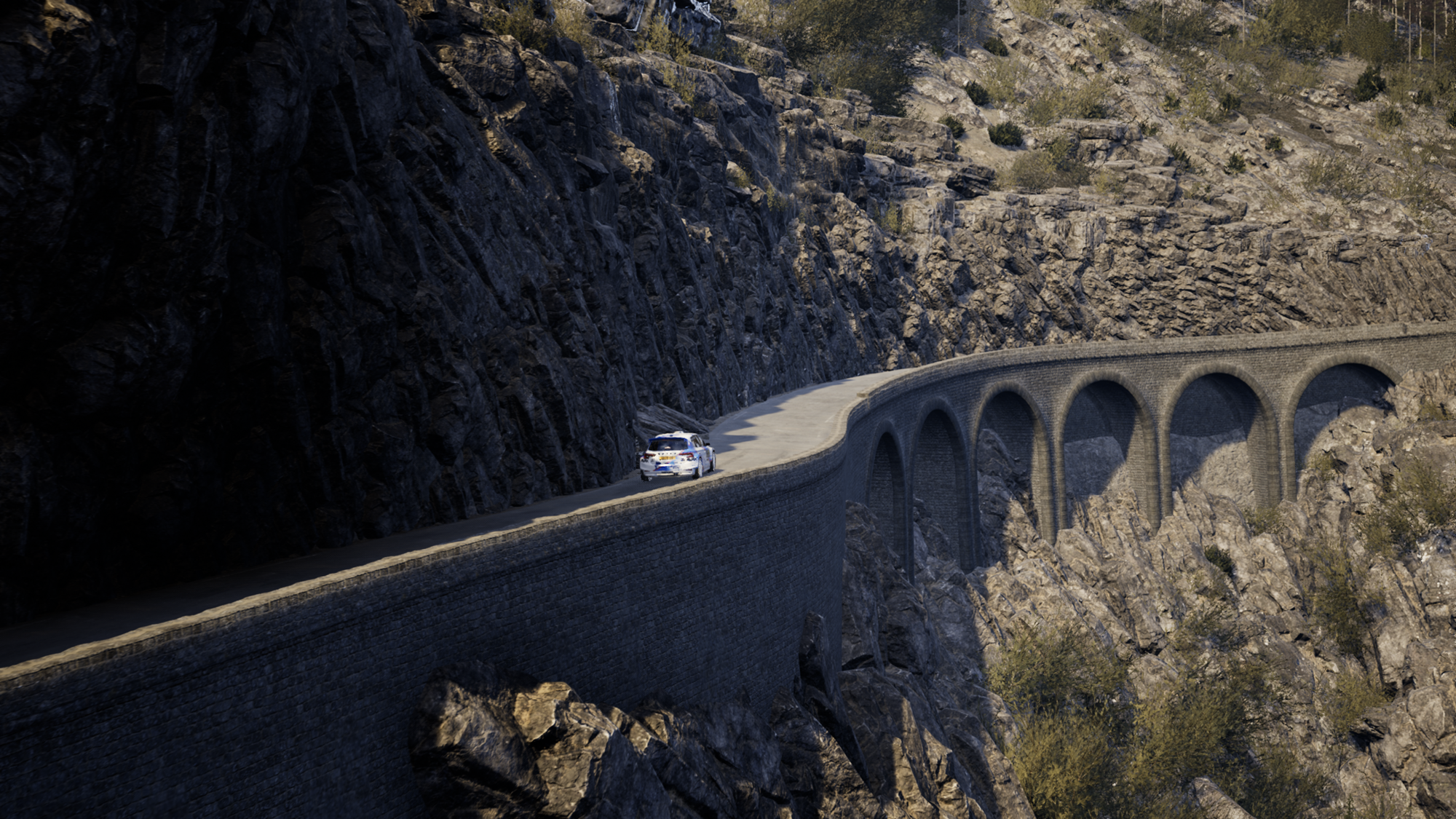
In both DiRT Rally titles, the changing road conditions came thick and fast. You only had a few kilometers before the dry tarmac changed to having some ice patches, before turning into packed snow over a solid sheet of ice. But now, you are really traveling through the higher elevations. You aren't just on the Col de Turini flanked a sheer cliff on one side, and a rock wall on the other anymore. You are truly going up the mountains behind the principality now, going at a pace as you approach the treeline and the roads start to get slippery before they turn into a skating rink before you race back down the mountain, pace and conditions improving as you head back to the village below to end the stage. This is happening in the span of about twenty kilometers, and it is fantastic. You are on a journey in a way only possible through rallying as you push the limits of yourself and the car against these harrowing conditions. There are few more satisfying experiences than doing well on a stage at the Monte that threw everything at you.
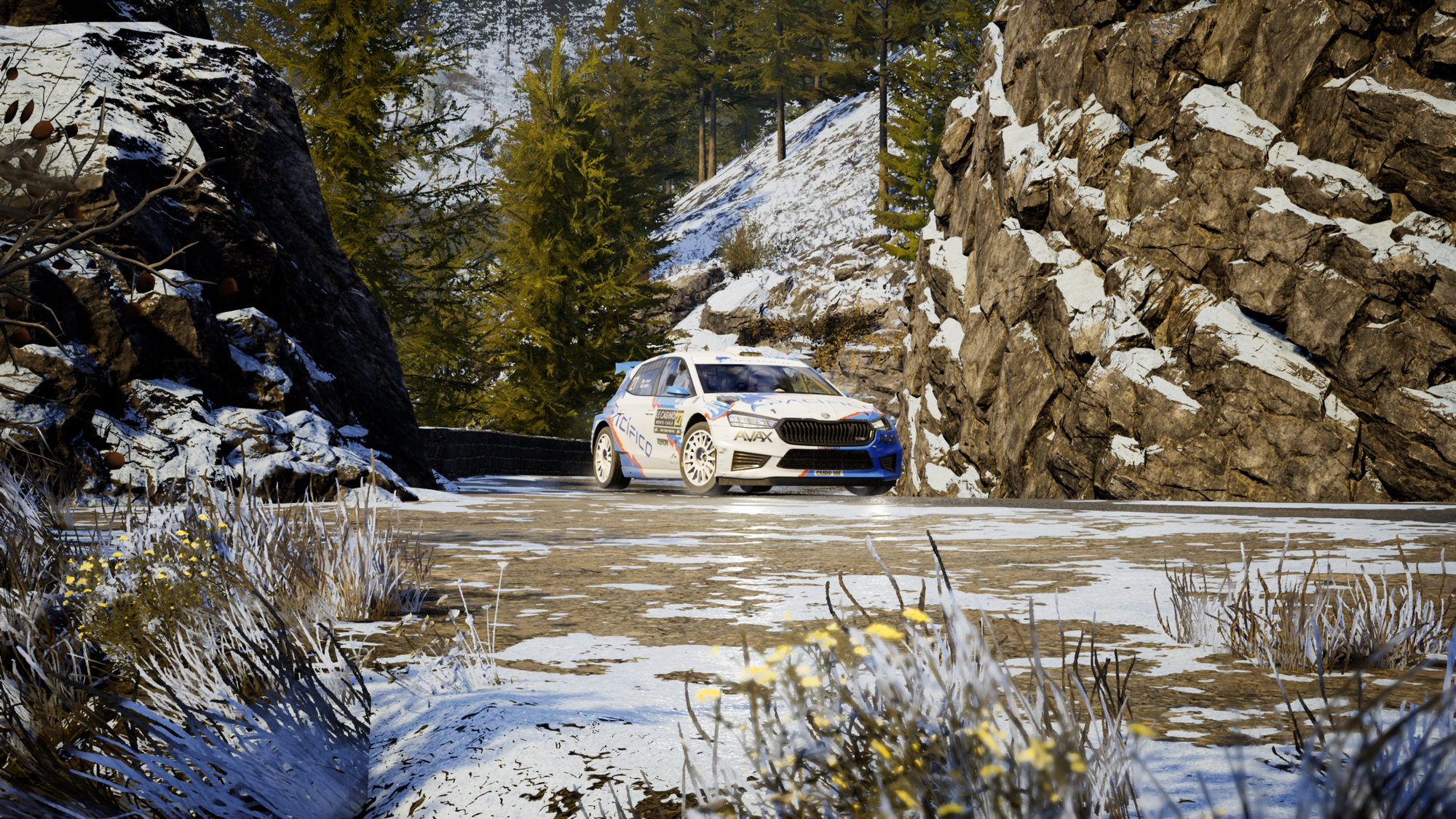
There is a caveat to this. As mentioned, the stages in EA Sports WRC are a static experience. There will be a point where you've put those condition changes to memory and are fully prepared for when they're coming up. There are only three separate road conditions at play, rather than it being a fully gradual transition from dry tarmac to black ice. It's jarring, and doesn't show what can be possible as that interplay between rubber and the road changes when fractions of water, snow and ice get thrown into the mix. That sudden transition to snow and sheer ice is something that can and does happen in the real Monte Carlo Rally, but the added challenge in surviving a more progressive condition change before going to a full snow pack would make a much more engaging experience. However, in an actual rally with a stage where this is the key fixture may only be a part of a larger run of stages between services, the player might not know which compound of tire is better across the duration of the loop. Do you want play it safe and keep the snow tires onboard just for that section? Or do you want to run the semi-slicks and tip-toe across the top of the mountain knowing that your rivals won't be able to keep up on the descent?
There is no other rally where this raw and pure rallying gamble is possible. And to see it finally be fully possible in a Codemasters rallying title is incredible. But that desire for a more alive rallying experience still remains.
Wake up, Jonathan.
For those of us who haven't put the stages to memory to where we could do them in our sleep, the co-driver is still as necessary as it is for the real drivers of the WRC. While the basic principals of pace notes, the corners that they are describing and where and how to brake in kind will always remain the same on a rally stage, the timing of when and where those corner instructions come in are just as key as the note itself being accurate to the road you're about to travel. This timing can be adjusted in the game on a slider, which adjusts when the co-driver makes the call relative to passing the checkpoint flag for the next sequence of notes. After adjusting that slider to your preference, it does the job it's meant to do for the most part.

Within that timing that the stage note is given, there is a music between the notes that comes from the co-driver themself. As you gain speed and drive through the mountains or countryside and enter a zen-like state, the co-driver needs to keep up with that. Their tonality needs to break through the screaming four cylinder engine, the wind zipping across your car, the gravel bouncing off the floor, and the English speaking masculine co-driver Jonathan Jackson does not do that. He does not change his inflection, relative volume and tone beyond what you hear when he's giving that initial note call before you start on the stage. Paired with that, there are some note call timings and phrasings that just aren't appropriate with the speed one is going into the next set of notes. It becomes far too easy when pushing to the limit, a note will simply go in one ear and out the other; resulting in you half way down a cliff. Within the context of the league, this was a major issue at Safari Rally Kenya and Rally Japan. There is one stage in particular in Rally Japan with a tight right corner pace note coming way too late and too leisurely after a long straightaway, with both me and the league champion ending up down the same cliff side having missed the note entirely. We both agreed that it's the worst note in the game.
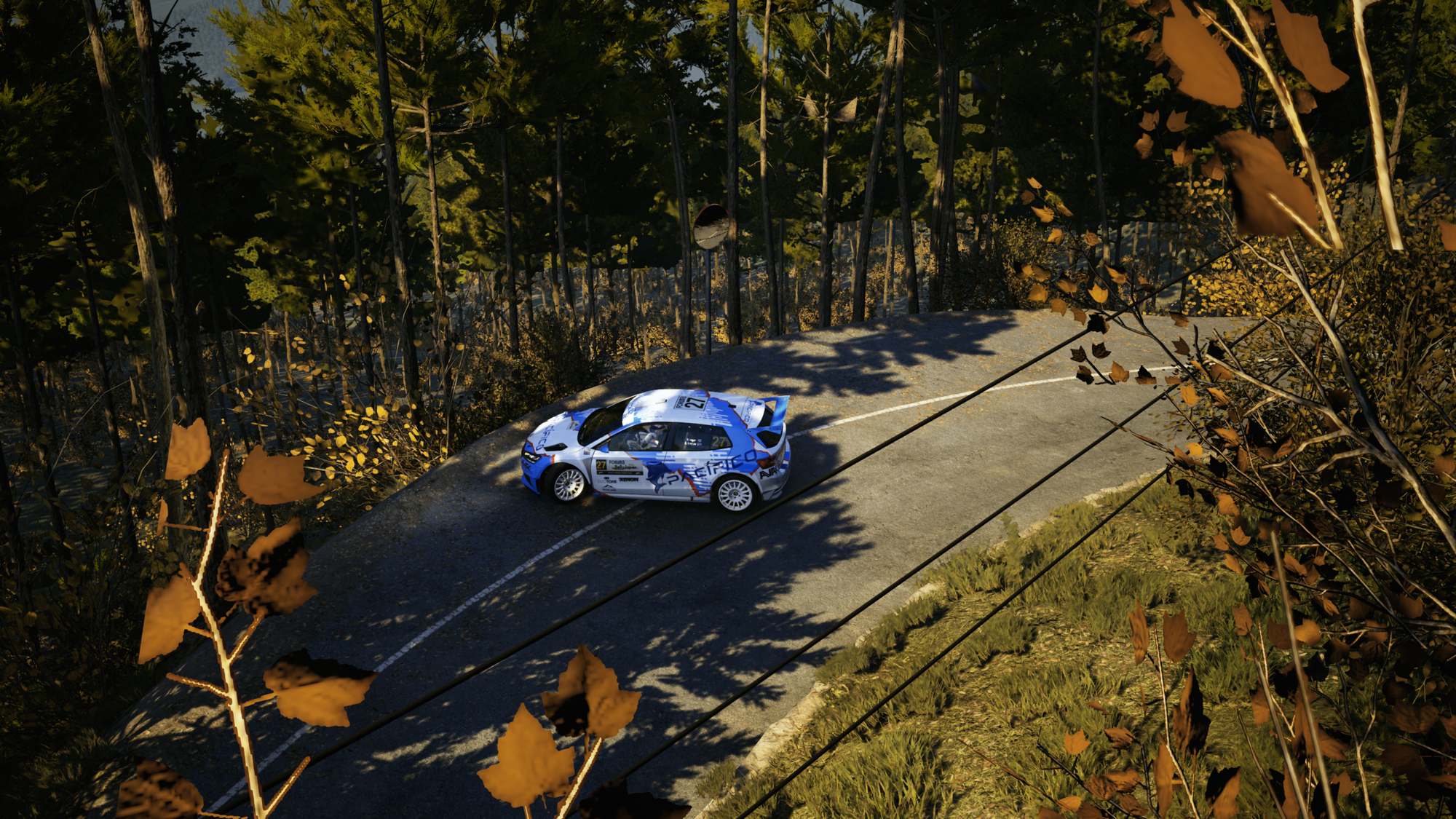
This is not Jonathan Jackson's fault. The crux of the issue I believe more comes on the direction and production side not thinking note calls with the added urgency was necessary, and adjusting the timing of the calls would be enough. But when you're in the zone in a stage, it isn't enough. It fails to take into account the more impulsive, subconscious, reactive nature of rallying at the very limit when this was captured incredibly well in the original DiRT Rally with Paul Coleman delivering the pace notes while working as it's Chief Game Designer. This game desperately needed Jonathan to be awake and alive the same way Paul was, with DiRT Rally 2.0 suffering similarly when Phil Mills was the English speaking masculine co-driver. It's one of those things that got left behind with the homogeneous nature of EA Sports WRC in aligning it with the rest of the current realistic racing space.
The Eternal Ceiling.
A takeaway from racing in the league is that EA Sports WRC is an odd video game. It's effectively the third game in a trilogy but is so far removed from it's two predecessors in the fact that it actually has a single player that's worth investing time into, as much as I couldn't get motivated to do that myself. It assumes you know the ins and outs of the discipline a little too much, while failing to be approachable and accessible to those who want to learn more and get more in depth after the game's Rally School. It's car tuning and setup menus fail to consistently illustrate and describe what the changes will do for instance. Notably, there is no chart showing what gear ratio changes will do to a car's top speed, an absurd omission; and one that cost me time in Finland and Kenya.
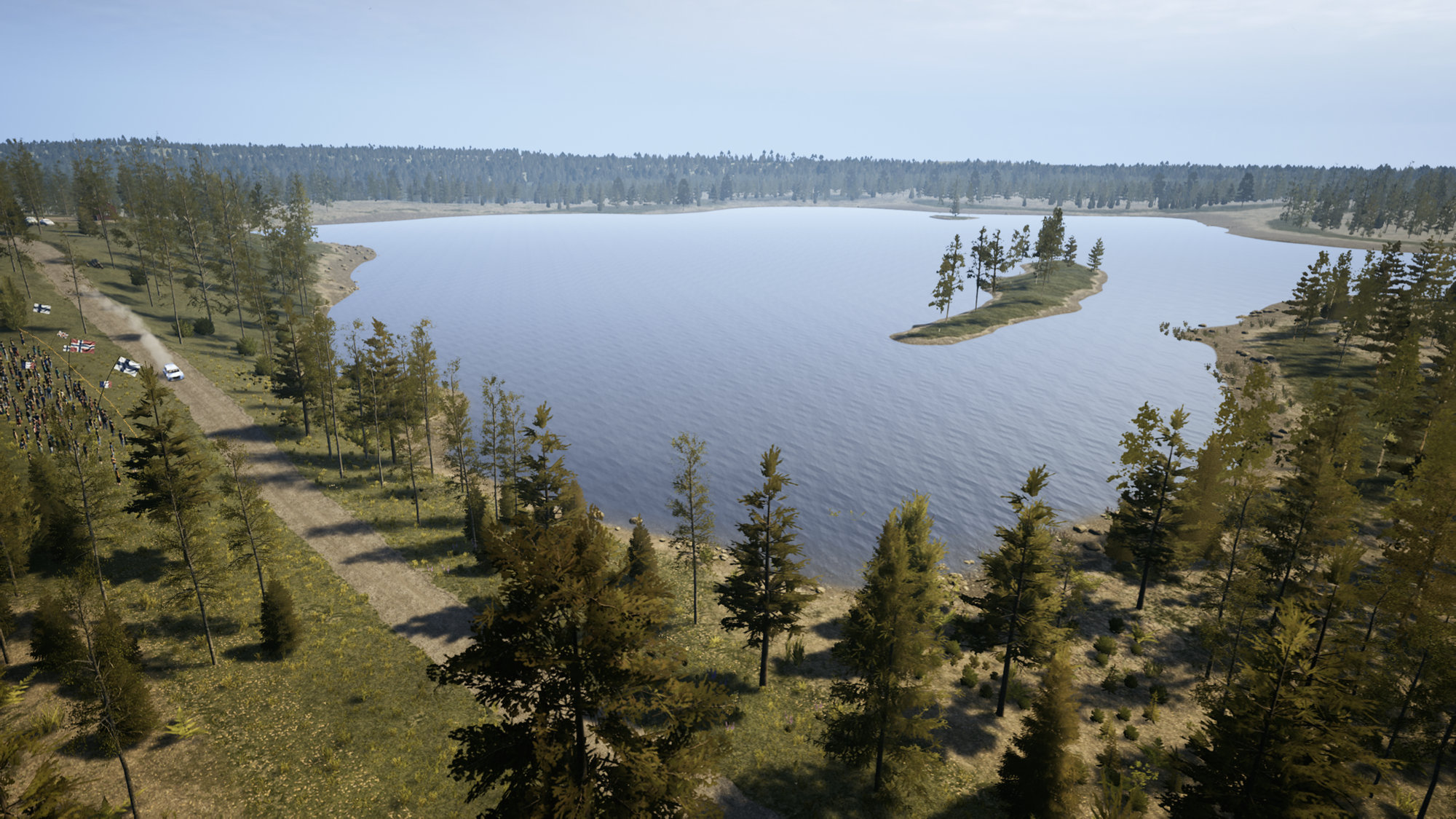
EA Sports WRC tried to appease those who worshiped at the altar of the DiRT Rally titles by trying to be hardcore by nature, but remembered it still needs to actually be a video game and be fun for the vast majority that doesn't have realistic racing games as their hyperfixation. But what ends up happening is that it doesn't hit the right balance between the two, after they hit that balance out of the park in DiRT 4. By missing that balance it resulted in a game where having fun is too dependent on finding the right pairing of car and stage, which takes too much effort to try and do on your own time. If it wasn't the Monte Carlo Rally or Rally Chile Biobío, I just wasn't having fun.
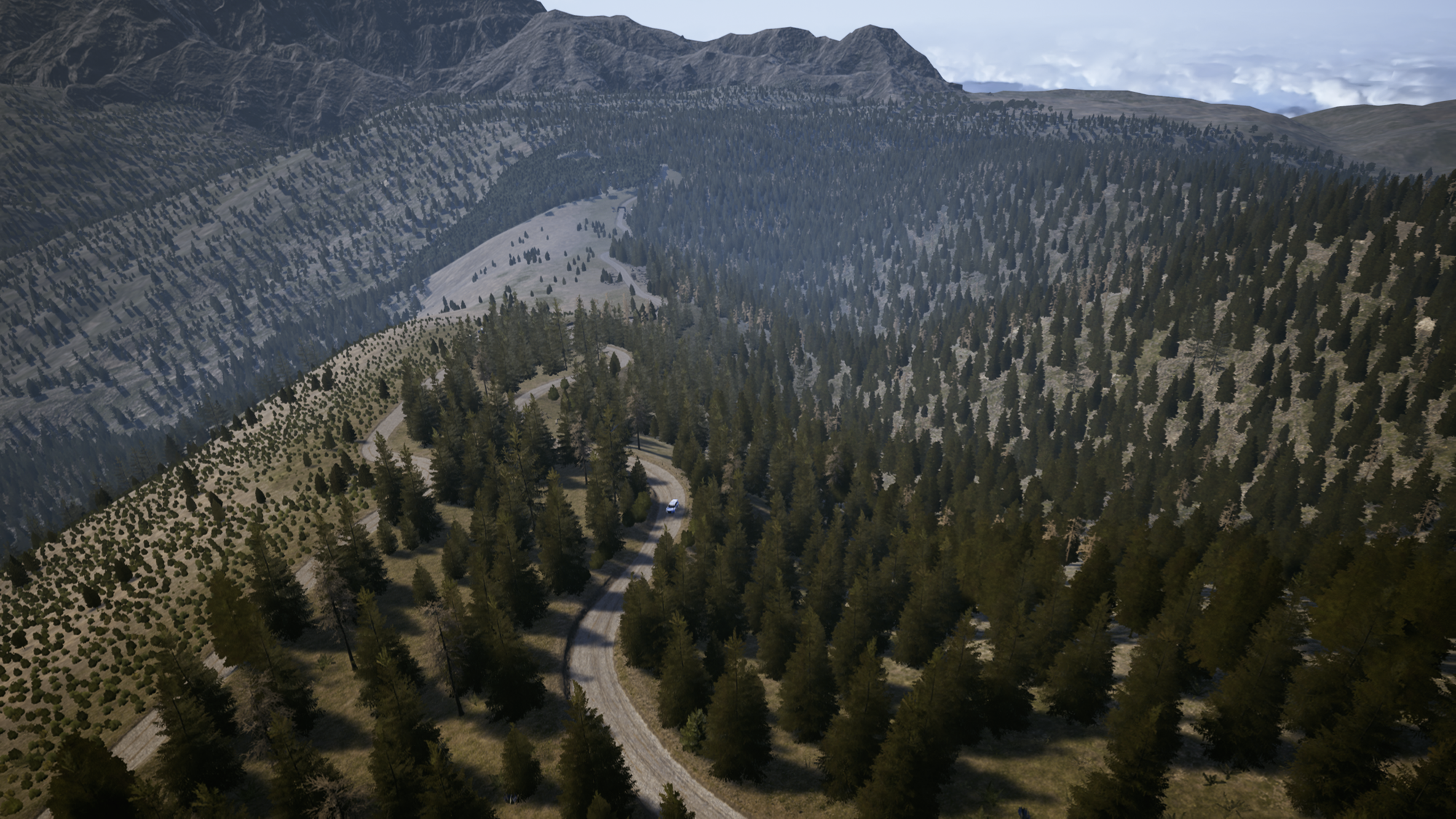
At the same time, it makes me wonder: what would a EA Sports WRC 2 have looked like? How much could they have improved given another couple years in the programming trenches? What would they have improved if they kept this current, uninspired direction that didn't make as many people as they hoped happy? Where else could they go without completely starting from scratch, making it a good video game first, and then a good realistic racing game? Did Codemasters seal their own fate with how they produced EA Sports WRC, and hit their ceiling for what a more focused rallying game would be if it doesn't have procedurally generated stages for now, and maybe forever?
They are questions that may go forever unanswered.
In the midst of a wave of restructuring and layoffs at Electronic Arts under CEO Andrew Wilson, Codemasters and Criterion Games have been turned into husks of their former selves. Another pair of developers, lost to Wilson's forever desire to appease shareholder's unquenchable thirst for the line to go up. It can be assumed that while the line did go up with EA Sports WRC and Need For Speed Unbound, it didn't go up enough with the games just not being what they should have been, largely because of decisions forced on the developers by EA brass. As a result, EA Sports WRC might be the last game Codemasters ever makes that isn't a Formula 1 game, and Need for Speed Unbound the last non-Battlefield game for Criterion. There is this impression for Codemasters as well that their days in operation are numbered, in case Andrew Wilson thinks company expenditures are too high and such an expensive license and the team that makes said licensed game are easily expendable. He does not care about the infinite potential of joy and positive memories future games could create, and how in racing games that can easily extend into the real world.
That future infinite joy can still exist with the games that have been made. The organizer of the league I was racing in is looking to fire up another season, and I am thinking of taking another bite at the cherry. I won a few stages and finished third in the championship within the class I ran, but left a lot on the table and want to experience more of what is truly possible.
And while this is all that EA Sports WRC will forever be, the stories for the individual who play it will keep going as long as someone is still playing it. That too extends to Need For Speed, Burnout and GRiD. The real tragedy comes knowing that one developer is left to only make a yearly sports title, and the other is simply A Battlefield Studio.
Thanks Andrew.



